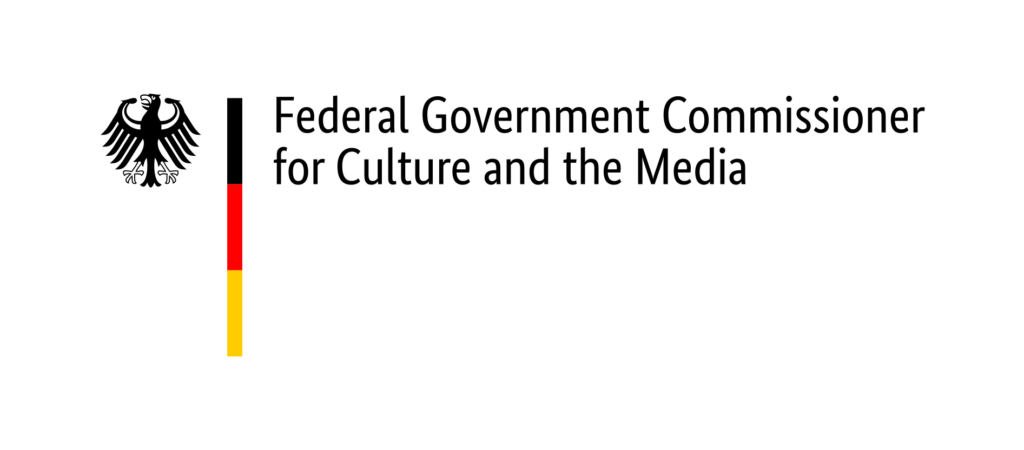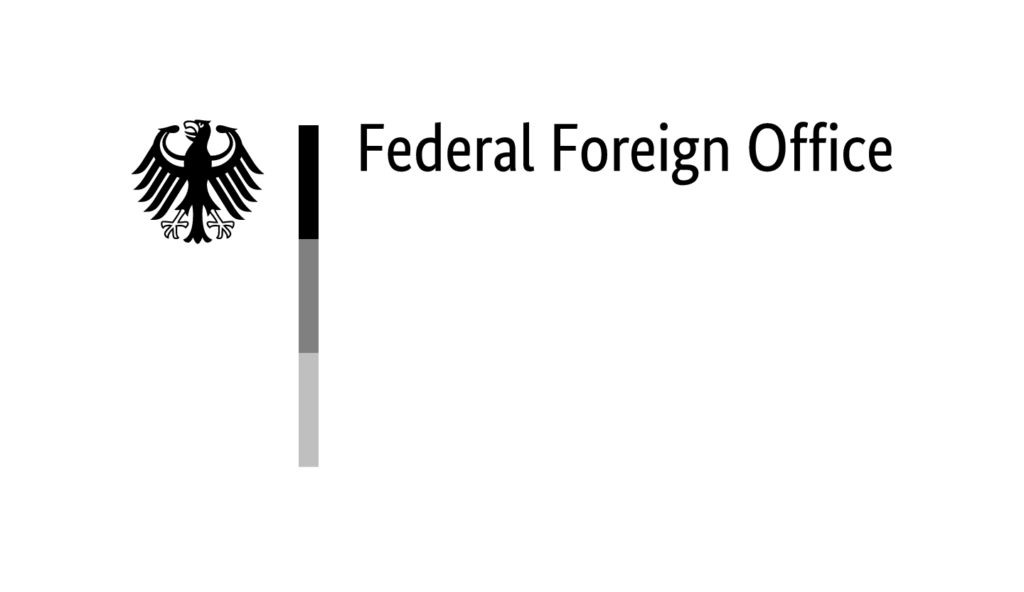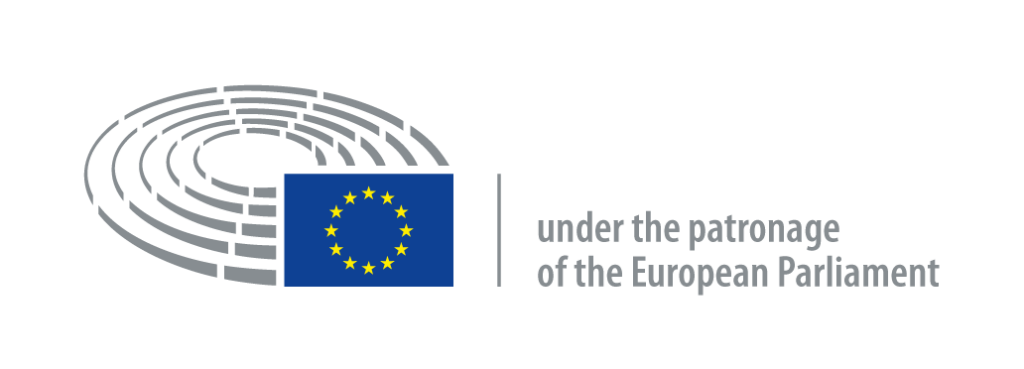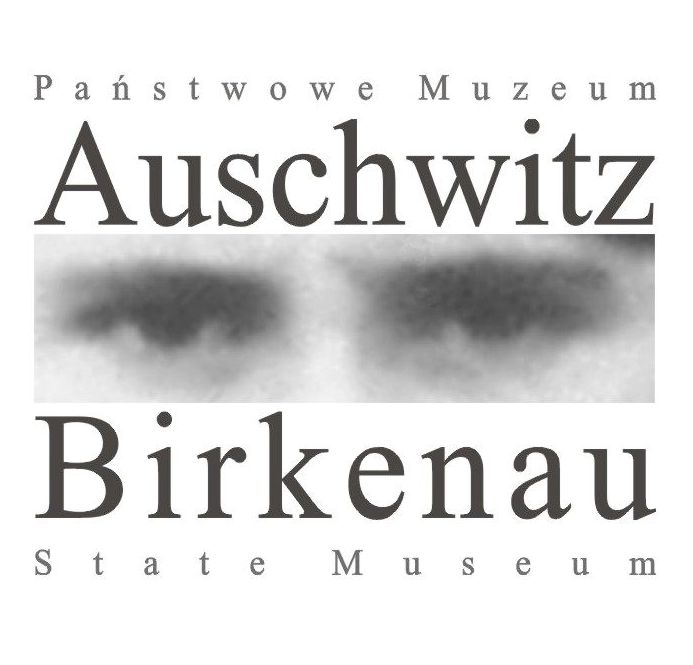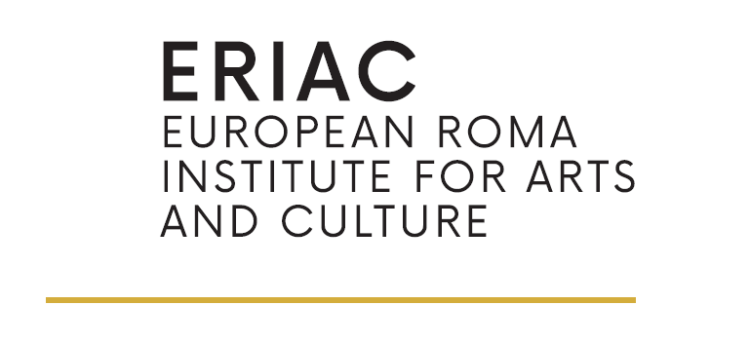The last part of the permanent exhibition in Heidelberg. The tour ends on a walkway with a wall displaying the names of the more than 21.000 Sinti and Roma who were deported to Auschwitz-Birkenau, where almost all of them were murdered; photo: Documentation and Cultural Centre of German Sinti and Roma.
The world’s first permanent exhibition on the Nazi genocide of the Sinti and Roma
Already in 1980 the German Sinti and Roma civil rights movement had called for the establishment of a Documentation and Cultural Centre to serve as a symbol of the new self-awareness of the minority in society, and to document the Nazi genocide of the Sinti and Roma. A fundamental change of the remembrance culture of the genocide of the Sinti and Roma started when the Documentation and Cultural Centre of German Sinti and Roma was officially opened with a permanent exhibition on the Holocaust of the Sinti and Roma in March 1997. This was the first time that the scale of the genocide perpetrated against Sinti and Roma was presented to the public. Over 700 national and international guests attended the celebration marking the formal opening.
The permanent exhibition about the Nazi genocide of the Sinti and Roma in the Auschwitz State Museum was realised in 2001 under the direction of the Documentation Centre and has several million visitors every year. Representatives of the Heidelberg Centre were also appointed to committees advising memorial sites and assisting them in their work, on the conceptual and content levels. As a result of this close cooperation, the genocide of the Sinti and Roma is now well-documented in exhibitions at many memorial and commemorative sites.
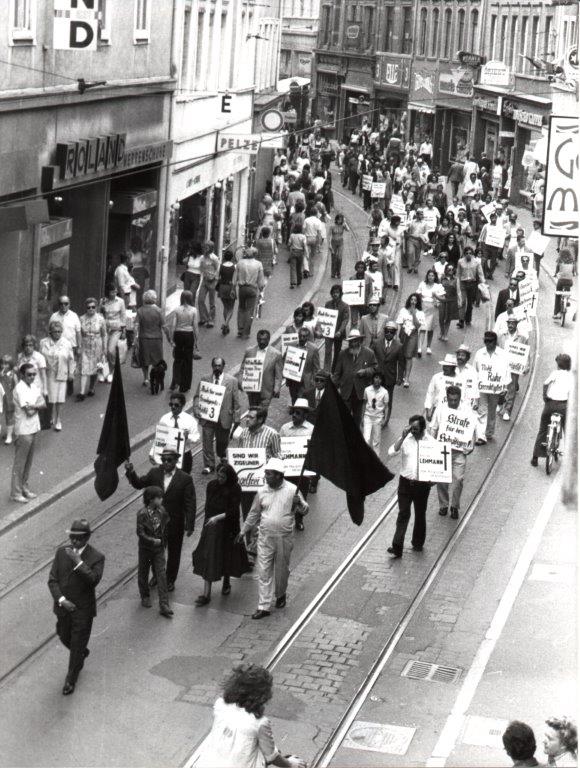
The early days of civil rights work of German Sinti and Roma
Exhibition “The long path to recognition of the Roma and Sinti Holocaust”
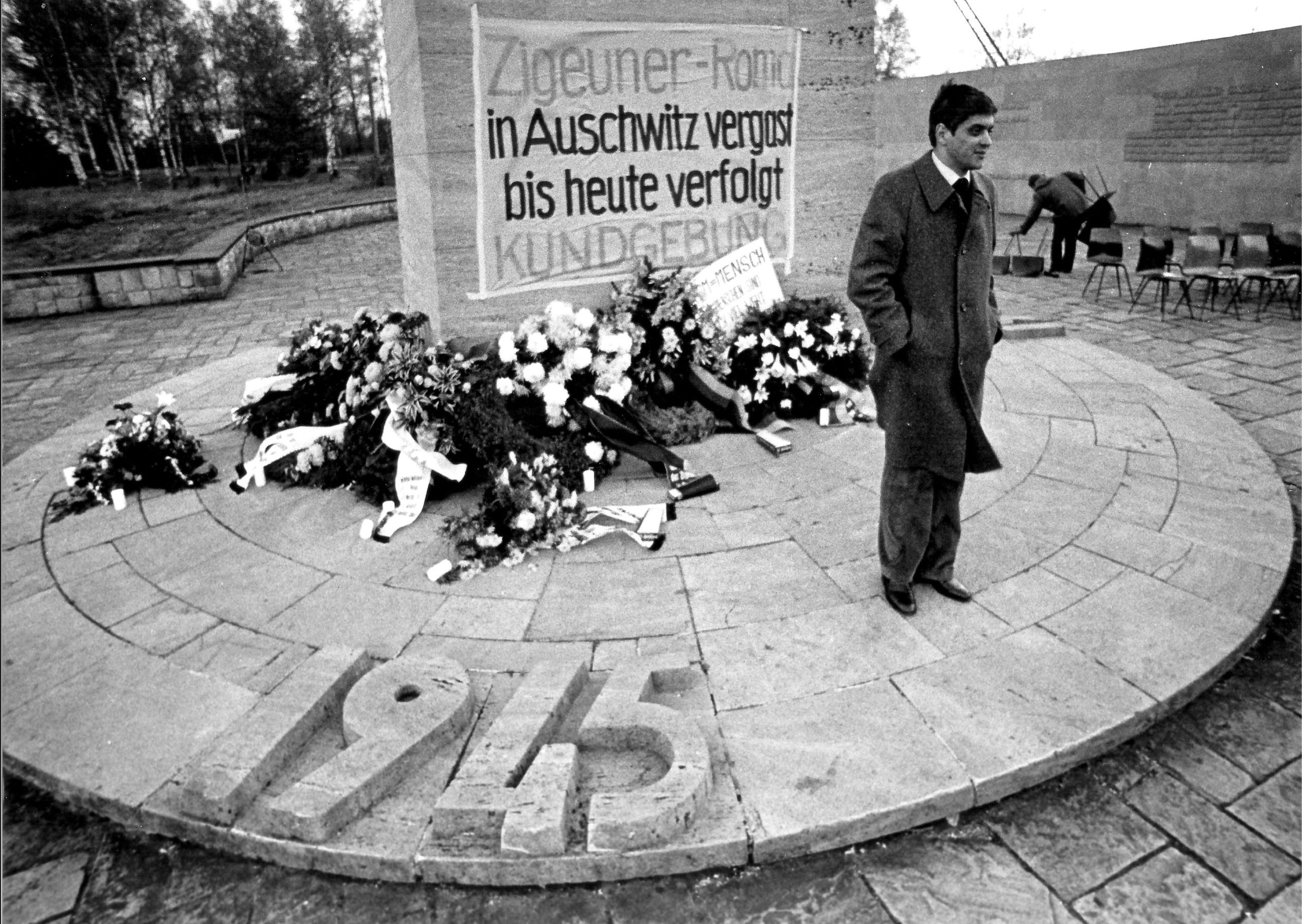
First public civil rights campaign against racism
Exhibition “The long path to recognition of the Roma and Sinti Holocaust”
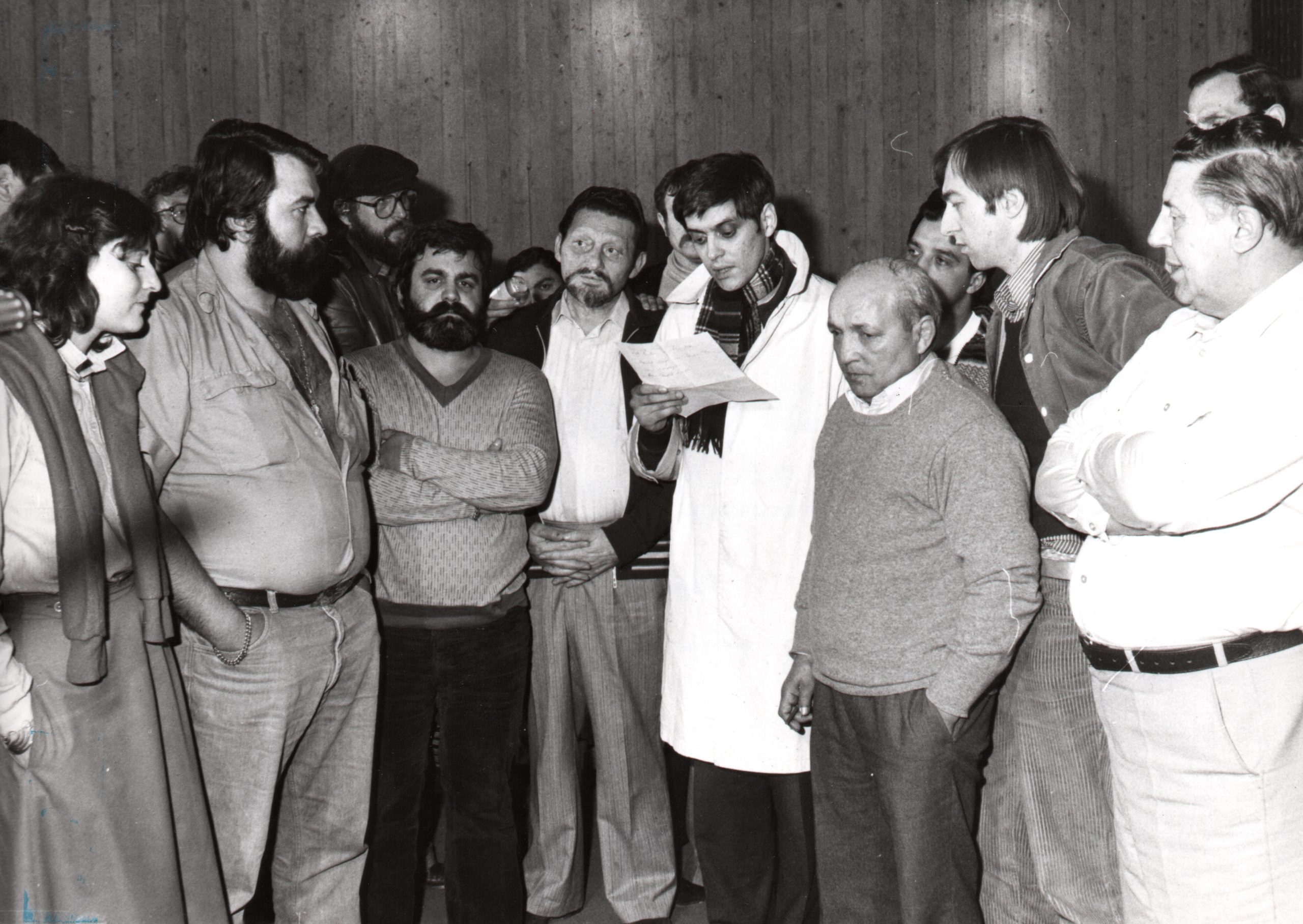
The hunger strike at the former concentration camp in Dachau
Exhibition “The long path to recognition of the Roma and Sinti Holocaust”
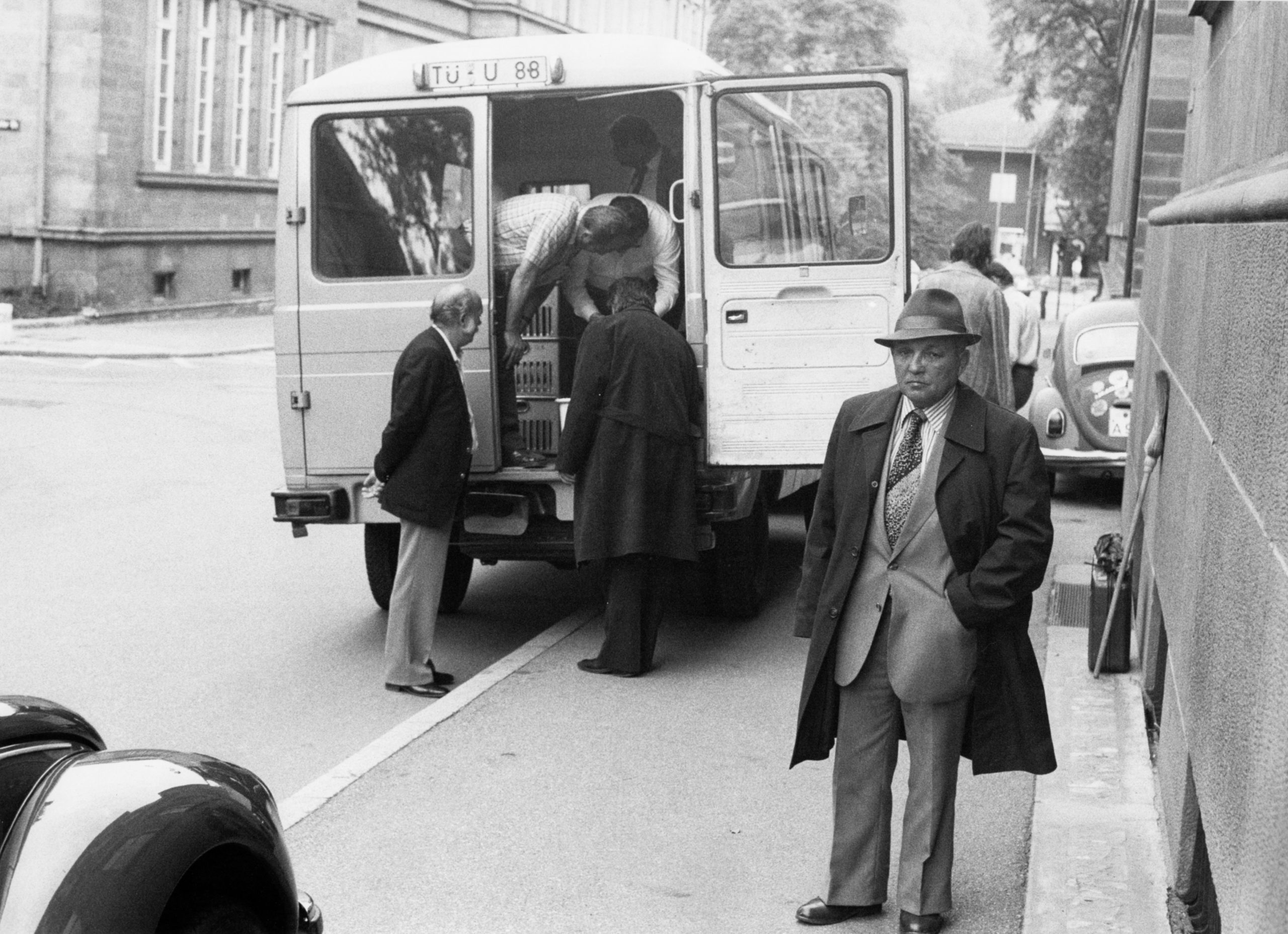
The search for the Nazi race files
Exhibition “The long path to recognition of the Roma and Sinti Holocaust”
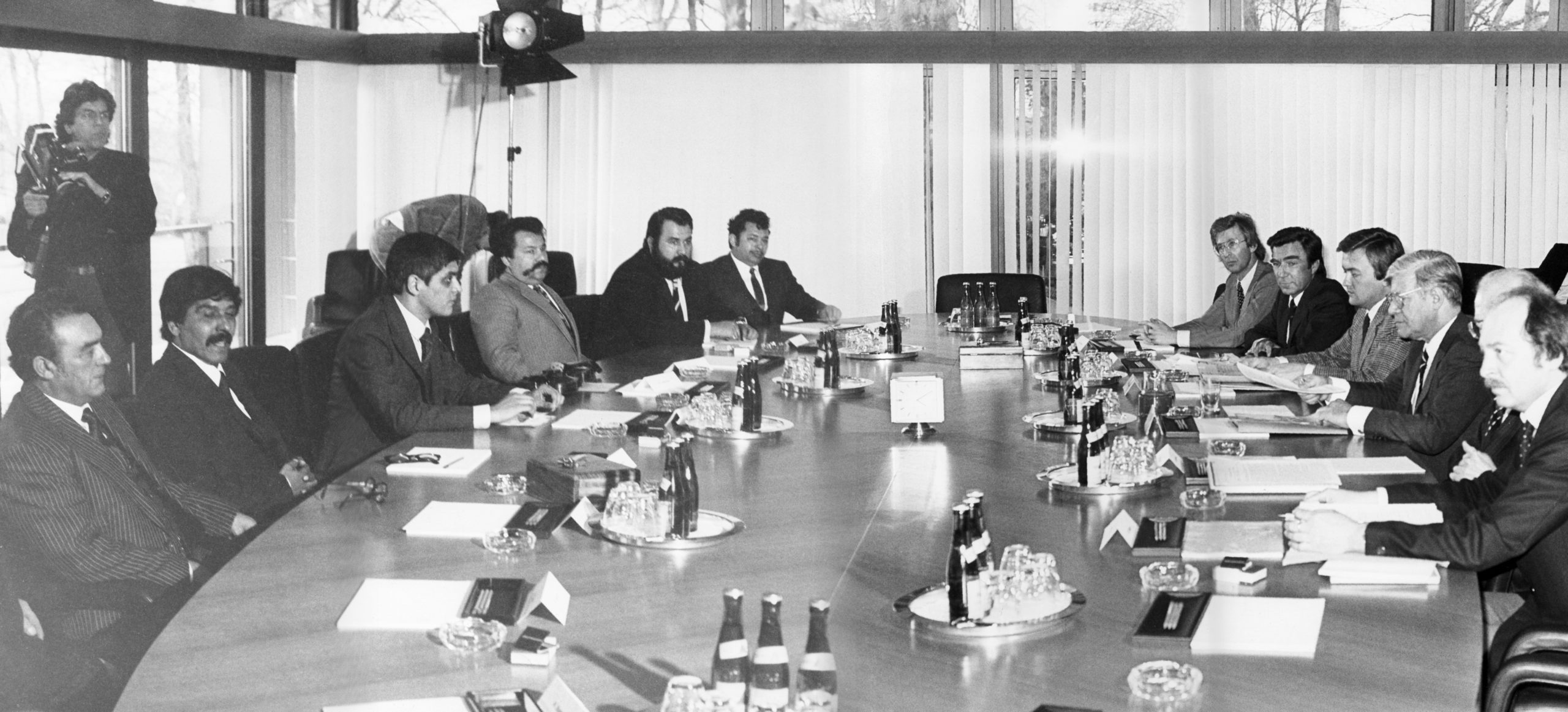
The recognition of the Nazi genocide of the Sinti and Roma
Exhibition “The long path to recognition of the Roma and Sinti Holocaust”
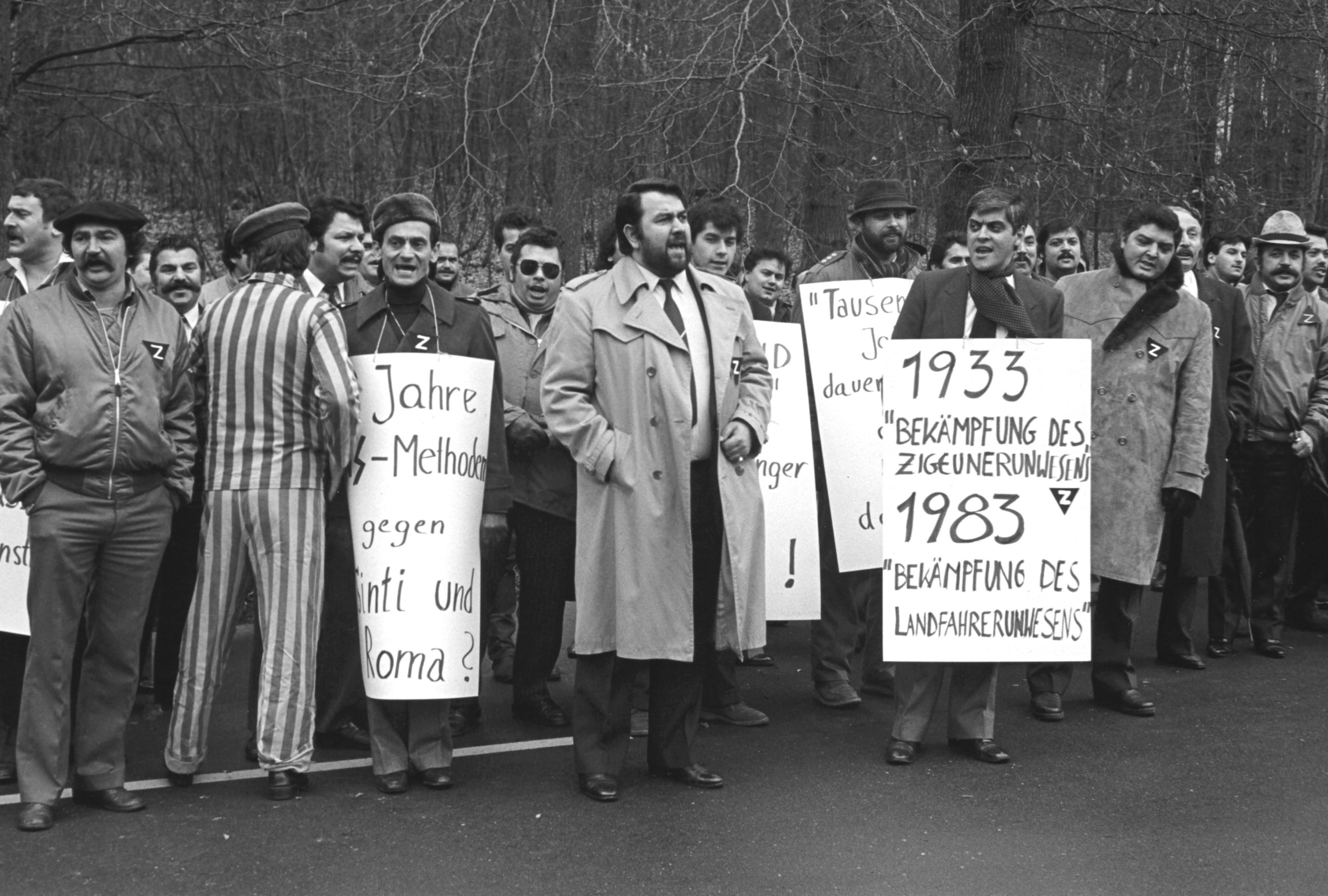
Protests against special registration by the police
Exhibition “The long path to recognition of the Roma and Sinti Holocaust”
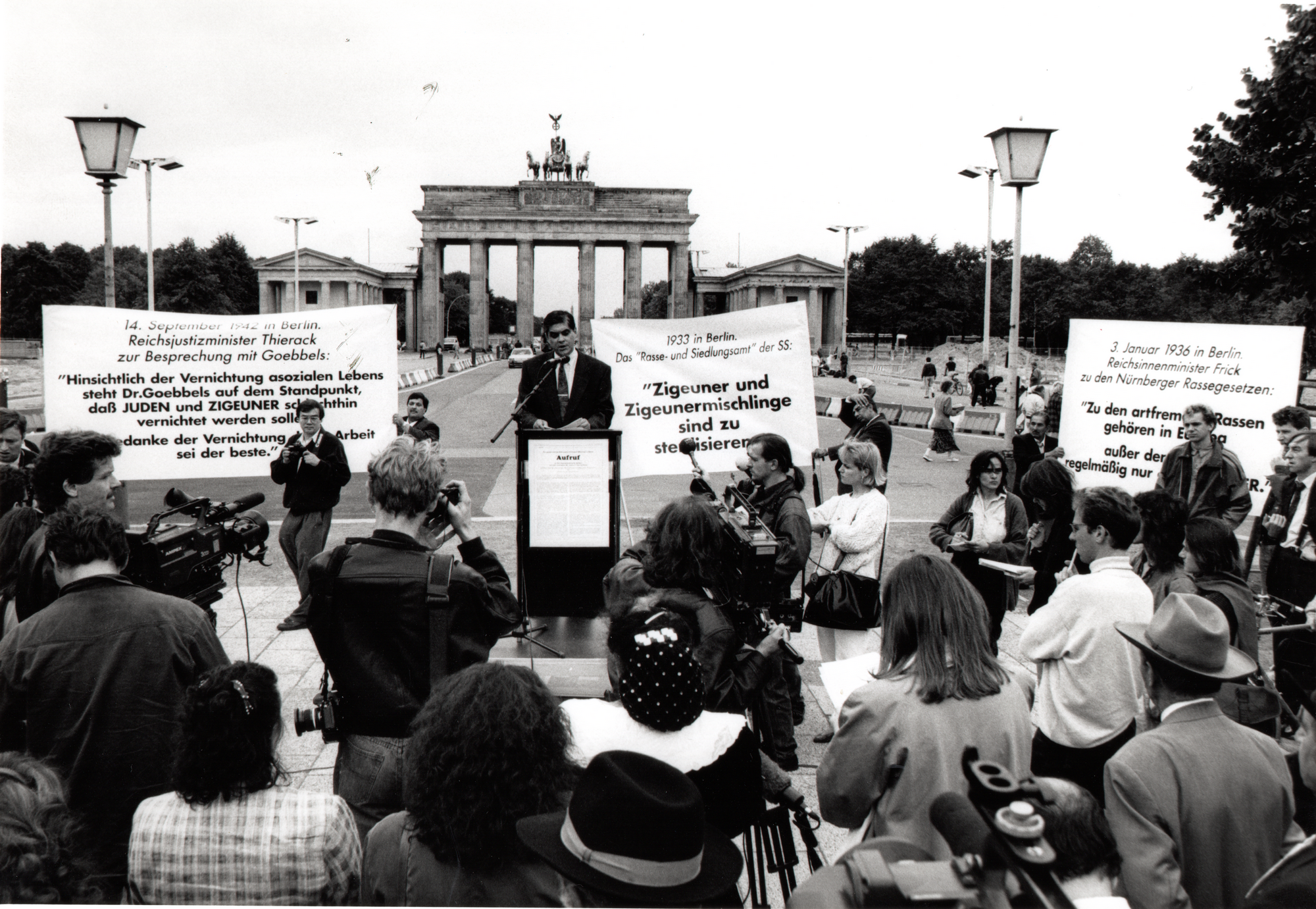
No appropriate compensation for Sinti and Roma persecuted by the Nazi regime
Exhibition “The long path to recognition of the Roma and Sinti Holocaust”
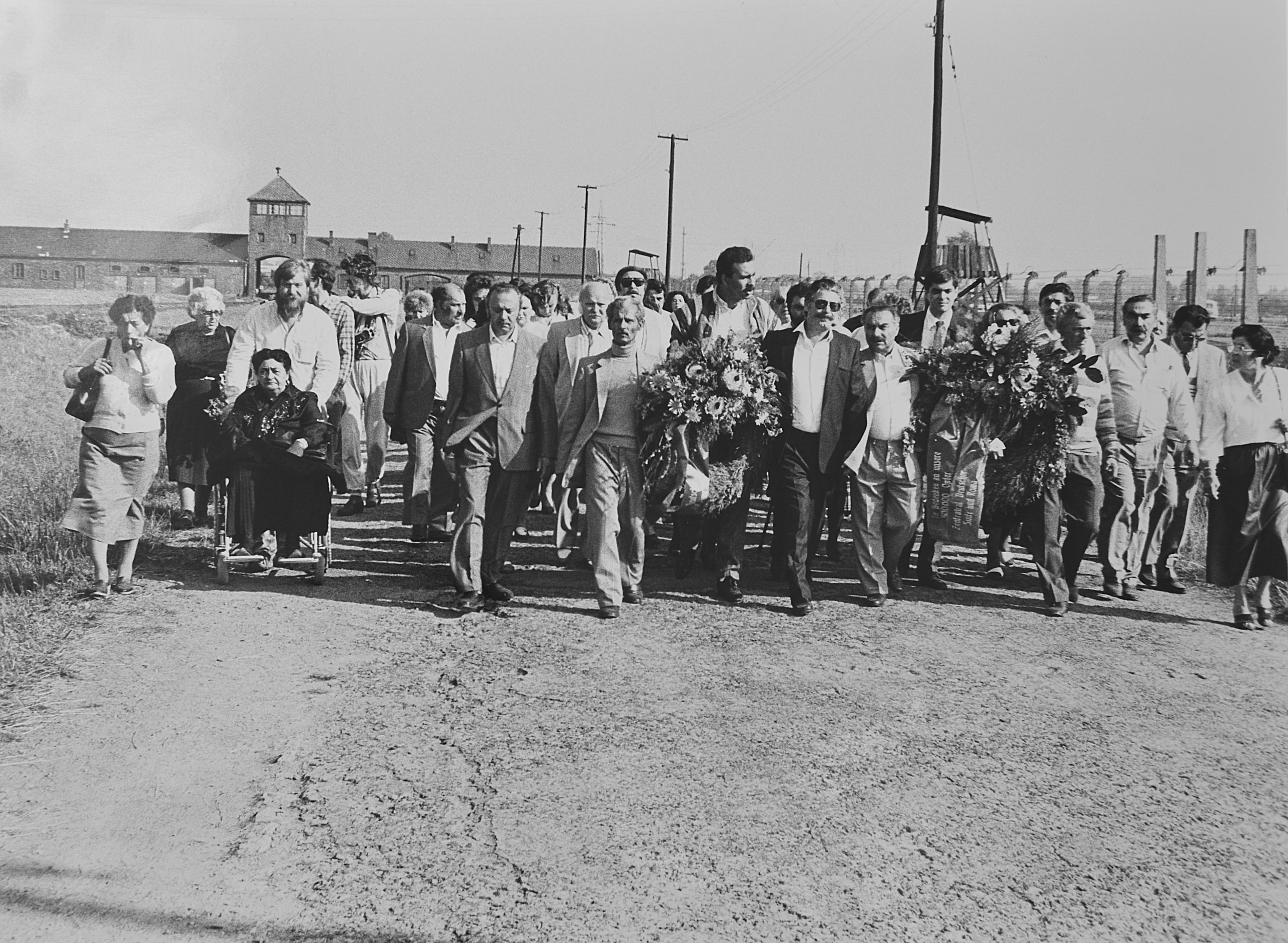
Remembrance in Auschwitz
Exhibition “The long path to recognition of the Roma and Sinti Holocaust”
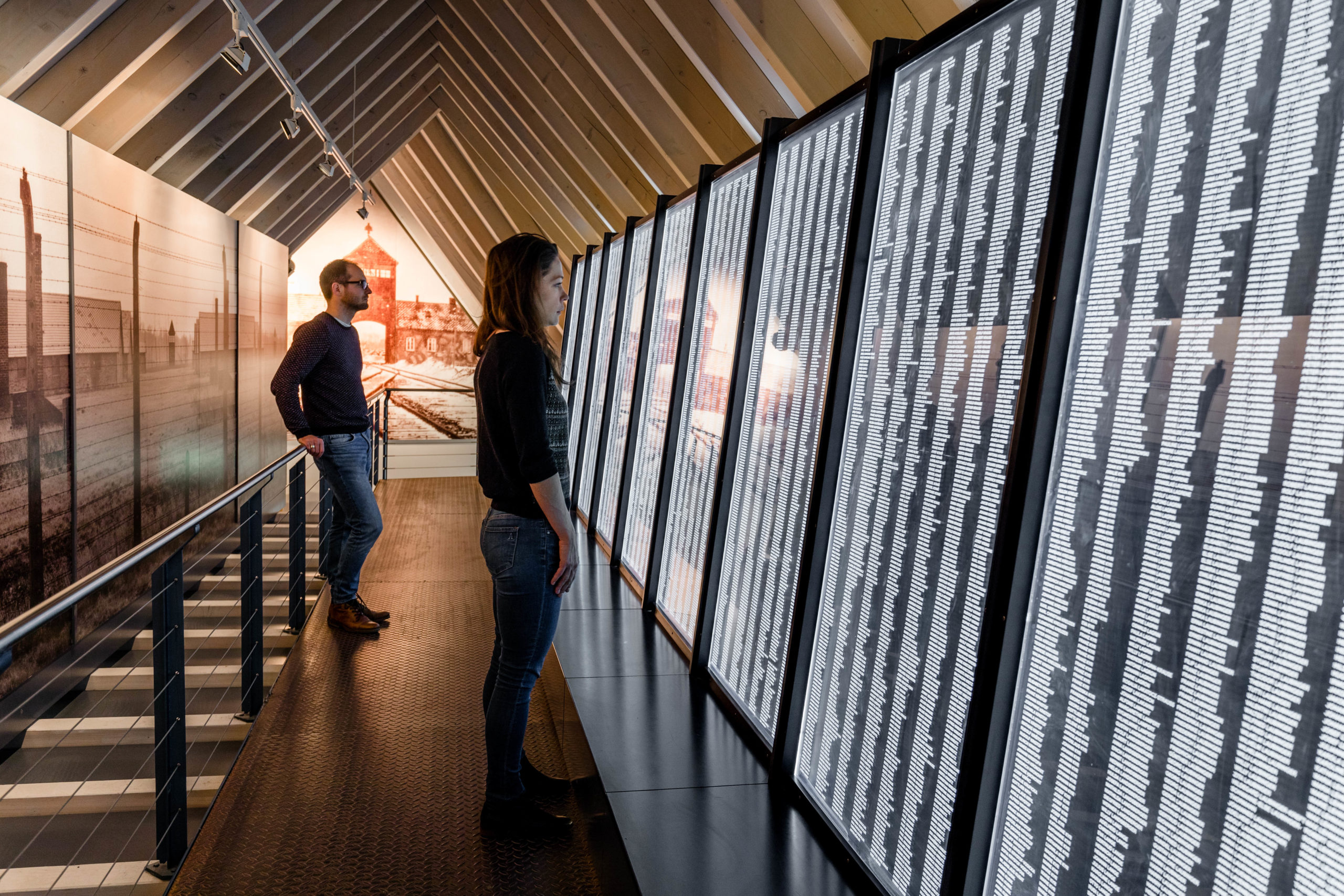
The world’s first permanent exhibition on the Nazi genocide of the Sinti and Roma
Exhibition “The long path to recognition of the Roma and Sinti Holocaust”
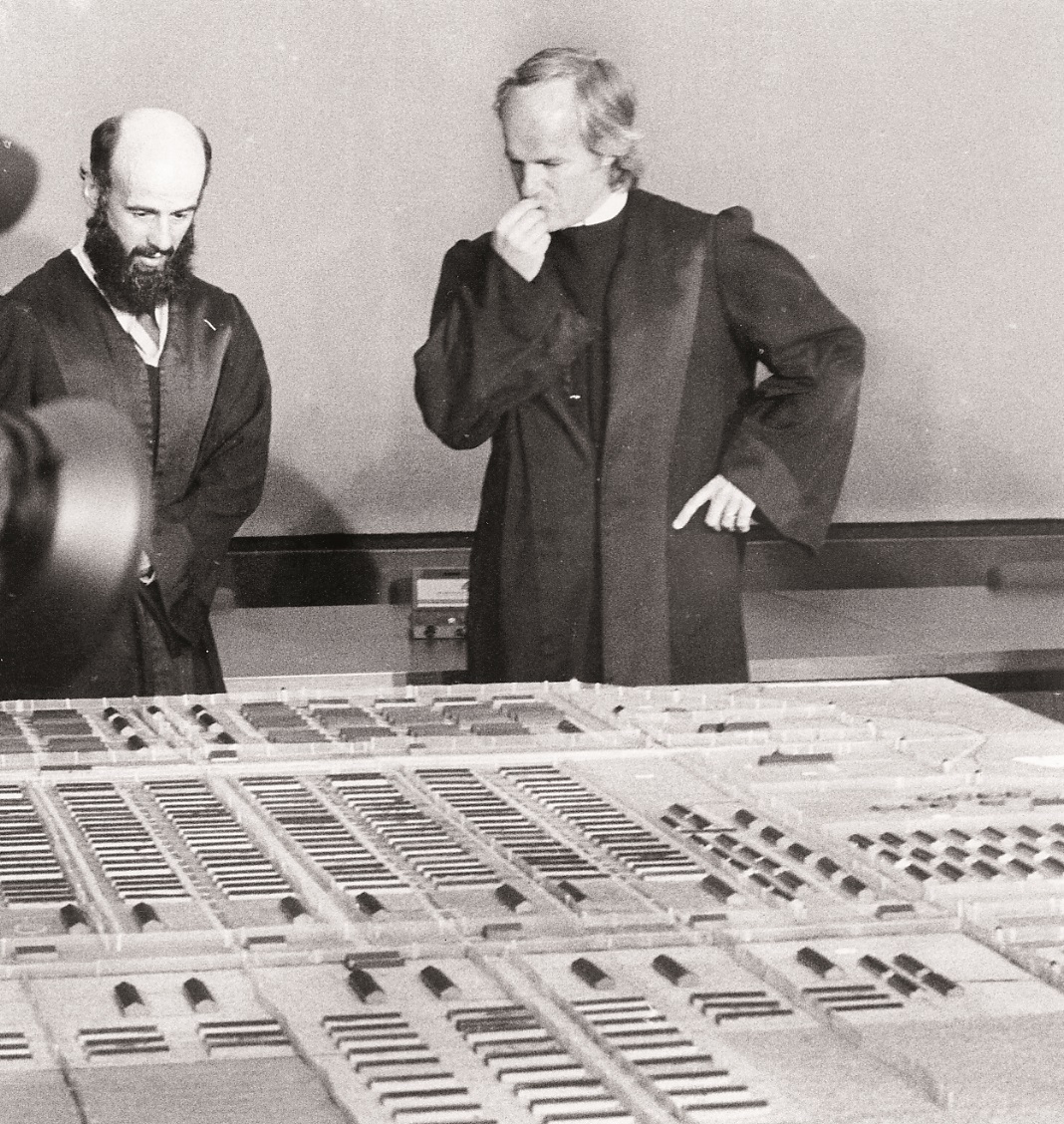
Clemency for the murderers – the Judiciary reviews Nazi crimes
Exhibition “The long path to recognition of the Roma and Sinti Holocaust”


